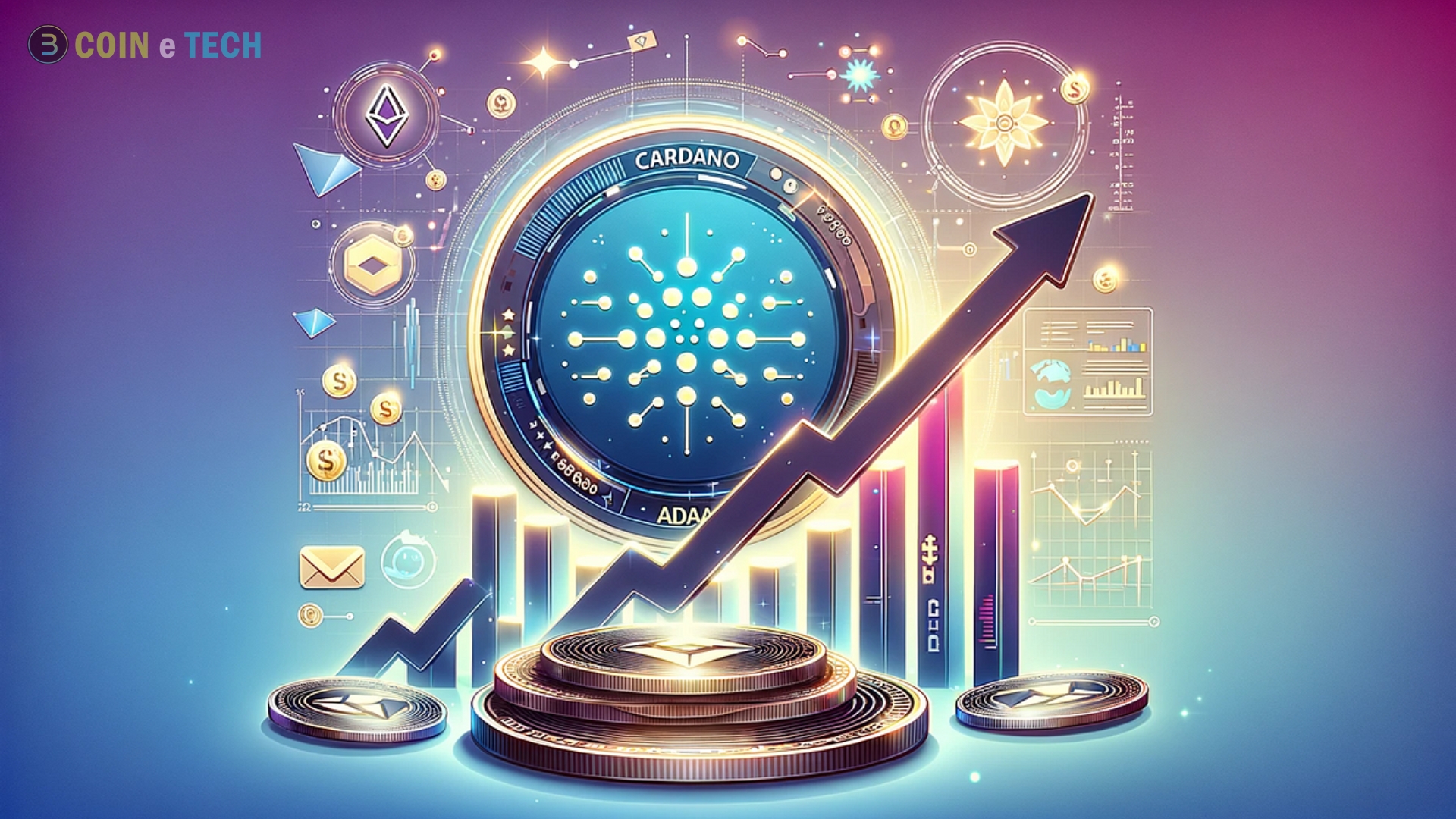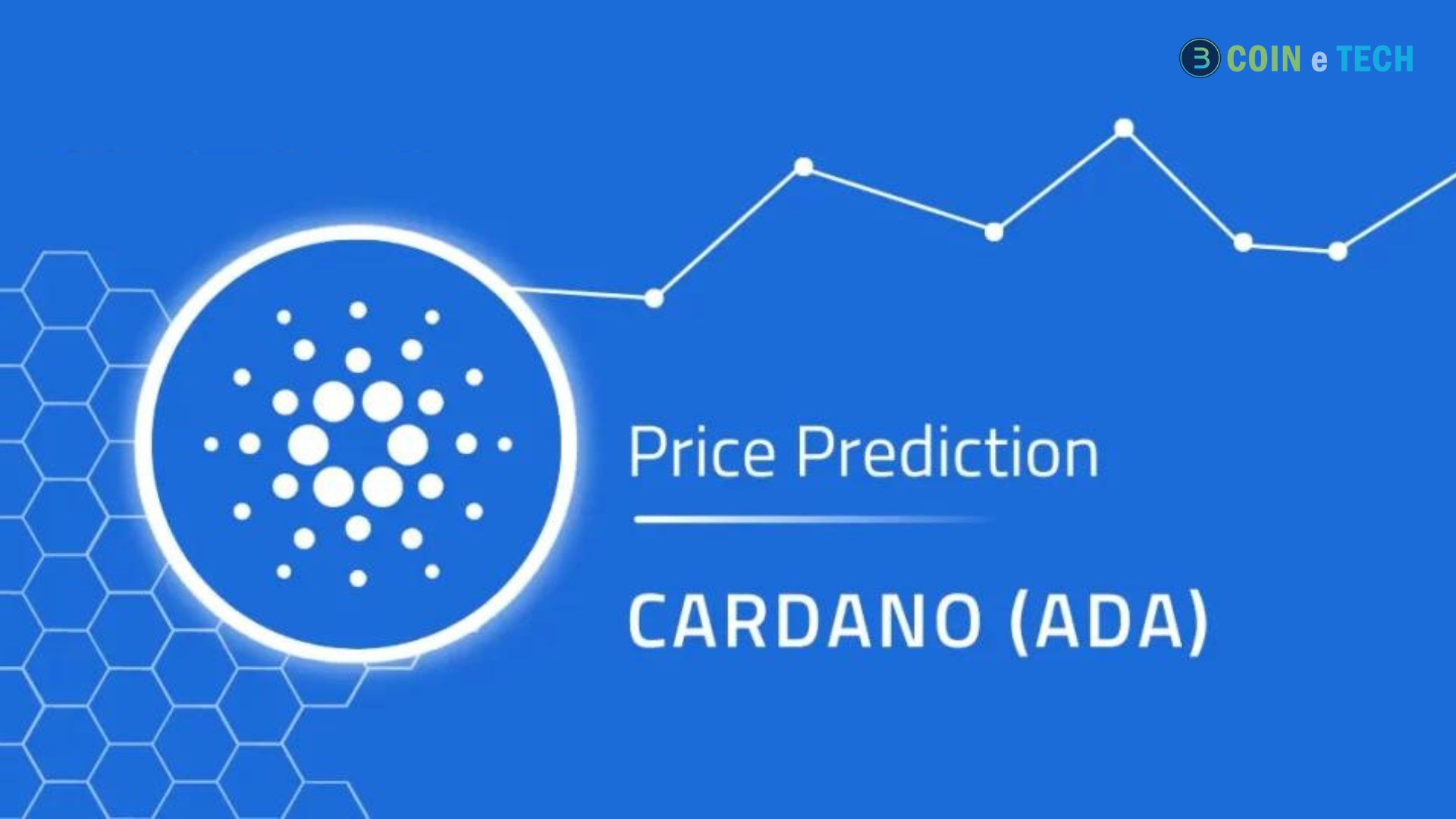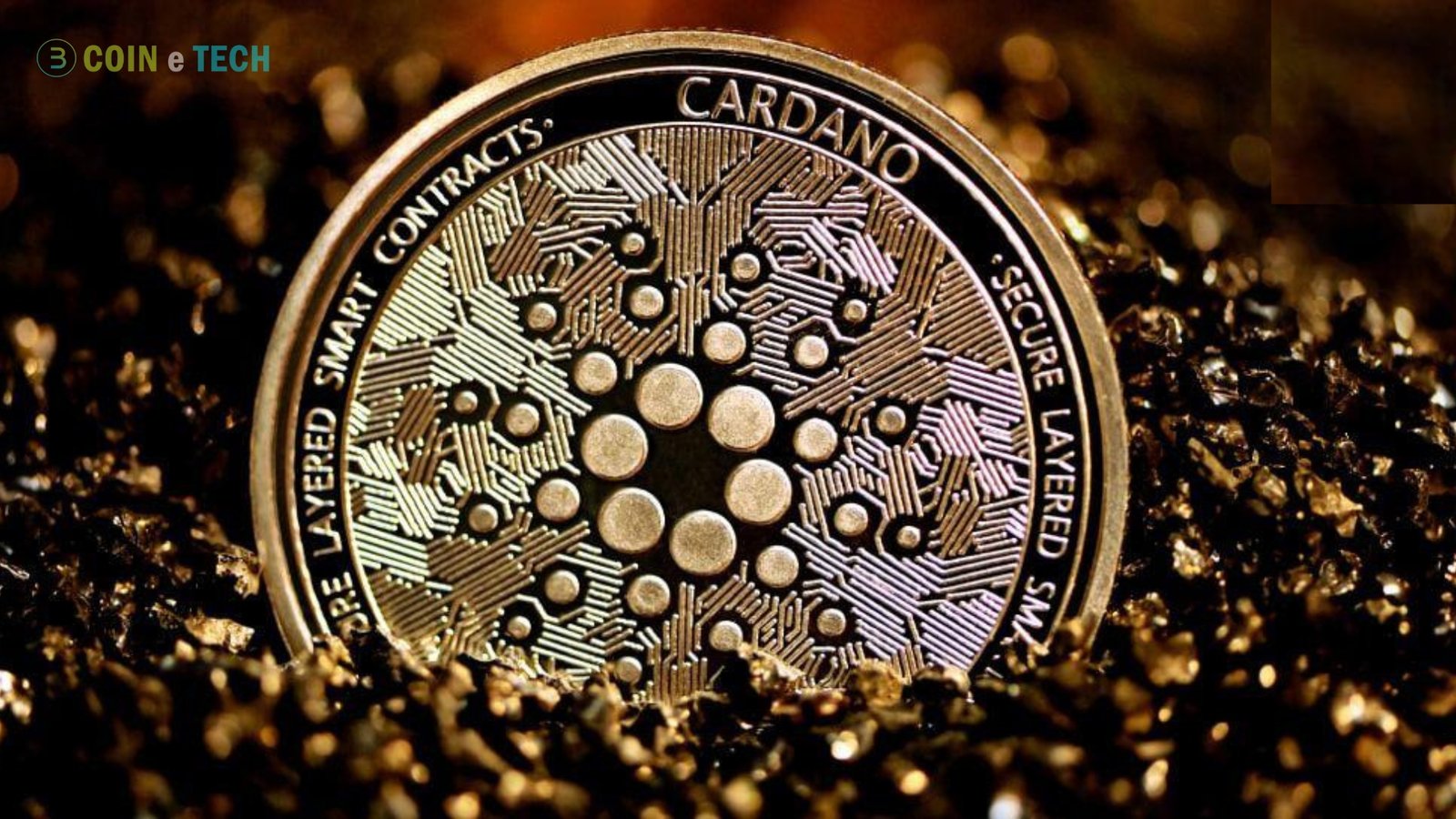Cardano Future Price: The unique smart contract, scalability, and sustainability features of the third-generation blockchain platform Cardano (ADA) keep drawing in users. Since its start as a major player in the blockchain arena, Cardano has experienced both bullish and bearish tendencies. Analysts and investors closely monitor its future price, considering its partnerships, developments, and overall macroeconomic climate. This article explores the expected price swings of Cardano in the future, the variables that are causing these price shifts, and the future of the platform.
A Brief Overview of Cardano
Cardano, founded by Charles Hoskinson in 2017, is a decentralized platform that aims to offer more advanced features than its predecessors like Bitcoin and Ethereum. It was built using a research-first approach and peer-reviewed academic papers, making it one of the more rigorously tested blockchains.
The native cryptocurrency of the platform, ADA, is used for transaction fees, staking, and governance. Cardano uses a proof-of-stake (PoS) consensus mechanism called Ouroboros, which is both energy-efficient and scalable. This has positioned Cardano as a contender for Ethereum’s market, especially with the increasing adoption of decentralized finance (DeFi) and non-fungible tokens (NFTs).
Current Price Performance and Market Sentiment
As of mid-2024, Cardano’s price has fluctuated due to various factors, including global market conditions, competition from other blockchains, and the pace of its network upgrades. ADA hit an all-time high of around $3.10 in September 2021 during the peak of the crypto bull run but has since experienced a series of corrections, along with the broader cryptocurrency market.
At the time of writing, ADA trades within a range of $0.20 to $0.40. This price range is influenced by market sentiment, global economic uncertainty, and competition from other smart contract platforms like Ethereum, Solana, and Avalanche. Despite the recent bearish trends, analysts and investors remain optimistic about Cardano’s future, mainly due to its long-term development roadmap and solid technological foundation.
Key Factors Influencing Cardano’s Future Price
Technological Advancements and Network Upgrades
Cardano’s future price will largely depend on the success of its technological upgrades. The platform has implemented upgrades under its “Alonzo” and “Basho” phases. These upgrades have introduced smart contracts and are working towards improving network scalability and interoperability.
The Hydra layer-2 scaling solution is particularly important for the future of Cardano. Hydra promises to significantly increase the network’s transaction throughput, making it more attractive for DeFi applications and enterprise use cases. If the platform successfully scales while maintaining security and decentralization, ADA could see an upward price movement as adoption grows.
Smart Contract Adoption and DeFi Growth
With the Alonzo upgrade in 2021, Cardano enabled smart contracts, allowing developers to build decentralized applications (dApps) on its platform. However, adopting these dApps has been slower than adopting Ethereum and Binance Smart Chain. This is expected to change as the ecosystem matures.
As Cardano continues to onboard more DeFi protocols, decentralized exchanges (DEXs), and NFT platforms, it will likely attract more users and liquidity to its ecosystem. Increased usage will drive demand for ADA, pushing its price higher. Successful projects launched in Cardano’s ecosystem could catalyze future price increases.
Interoperability with Other Blockchains
Cardano’s ability to interact with other blockchain networks will also play a pivotal role in its future success. Cross-chain bridges and interoperability solutions can help Cardano tap into other ecosystems’ liquidity and user base. For instance, partnerships with blockchains like Polkadot or Ethereum could create synergies that boost the value of ADA.
Interoperability solutions like Milkomeda (which connects Cardano to Ethereum) or the launch of the EVM-compatible sidechain will make it easier for developers and users to move assets across different platforms. This will likely contribute to ADA’s price appreciation in the future.
Partnerships and Enterprise Adoption
One of Cardano’s key strengths is its focus on real-world use cases and partnerships with governments and enterprises. Cardano has a strong presence in developing regions such as Africa, where it aims to provide decentralized solutions for identity management, finance, and supply chains.
In 2021, Cardano announced a partnership with the Ethiopian government to provide blockchain-based education credentials for millions of students. Similar partnerships could help drive institutional interest in ADA, thereby supporting its price growth. More enterprise adoption could increase demand for ADA tokens and, consequently, higher prices.
Market Sentiment and Macroeconomic Factors
Like all cryptocurrencies, Cardano’s price is heavily influenced by broader market sentiment and global economic conditions. Inflation, regulatory news, and global geopolitical tensions can all impact investor confidence in cryptocurrencies.
During periods of economic uncertainty, risk assets like cryptocurrencies often experience sell-offs. However, as the global economy recovers or stabilizes, ADA could benefit from renewed interest in the crypto market. Moreover, increased regulatory clarity around cryptocurrencies could drive institutional investment in Cardano, positively influencing its price.
Competition from Other Blockchains
Cardano faces stiff competition from other smart contract platforms such as Ethereum, Solana, and Avalanche. Ethereum, in particular, has the first-mover advantage and has successfully transitioned to a proof-of-stake system with its Ethereum 2.0 upgrade.
Cardano’s success will depend on its ability to differentiate itself from competitors and attract developers and users. While it boasts superior energy efficiency and scalability, Cardano must execute its roadmap faster to keep up with the competition. Failure to do so could limit ADA’s price growth in the future.
Price Predictions for Cardano
Given the abovementioned factors, analysts are split on their predictions for ADA’s price over the next few years. Several key predictions are as follows:
- Short-Term (2024-2025): Analysts are generally cautious about ADA’s short-term price movement, with price predictions ranging from $0.50 to $1.20 by 2025. This is contingent on market recovery and further network upgrades, especially the successful implementation of Hydra and other scalability solutions.
- Mid-Term (2025-2030): In the mid-term, if Cardano’s technological advancements pay off and it gains more enterprise and developer adoption, the price could range between $2 and $5. The growth of DeFi, NFTs, and enterprise blockchain solutions on Cardano could propel ADA to these levels.
- Long-Term (2030 and Beyond): In the long-term, some analysts are very bullish on Cardano’s potential, with predictions going as high as $10 or more. This is based on the assumption that Cardano will become one of the dominant smart contract platforms and will have widespread adoption in areas such as finance, governance, and identity management.
Conclusion: What’s Next for Cardano?
With its emphasis on interoperability, sustainability, and scalability, Cardano has established itself as one of the most promising blockchain projects. Despite its current volatility, the platform’s long-term goals and increasing usage indicate that ADA’s price could rise significantly.
Investors should exercise caution because of the high degree of speculation and volatility inherent in the cryptocurrency market. How successfully Cardano follows its vision, handles competition, and drives real-world adoption will determine its eventual success. The future appears promising, but whether Cardano achieves its maximum potential has to be seen.








